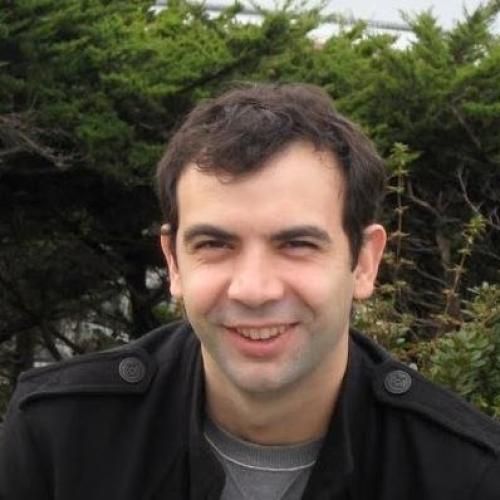
Self-Organized Nuclear Positioning Synchronizes the Cell Cycle in Drosophila Embryos.
The synchronous cleavage divisions of early embryogenesis require coordination of the cell-cycle oscillator, the dynamics of the cytoskeleton, and the cytoplasm. Yet, it remains unclear how spatially restricted biochemical signals are integrated with physical properties of the embryo to generate collective dynamics. Here, we show that synchronization of the cell cycle in Drosophila embryos requires accurate nuclear positioning, which is regulated by the cell-cycle oscillator through cortical contractility and cytoplasmic flows. We demonstrate that biochemical oscillations are initiated by local Cdk1 inactivation and spread through the activity of phosphatase PP1 to generate cortical myosin II gradients. These gradients cause cortical and cytoplasmic flows that control proper nuclear positioning. Perturbations of PP1 activity and optogenetic manipulations of cortical actomyosin disrupt nuclear spreading, resulting in loss of cell-cycle synchrony. We conclude that mitotic synchrony is established by a self-organized mechanism that integrates the cell-cycle oscillator and embryo mechanics.
Duke Scholars
Altmetric Attention Stats
Dimensions Citation Stats
Published In
DOI
EISSN
Publication Date
Volume
Issue
Start / End Page
Location
Related Subject Headings
- Phosphoric Monoester Hydrolases
- Myosin Type II
- Mitosis
- Microtubules
- Embryonic Development
- Embryo, Nonmammalian
- Drosophila melanogaster
- Drosophila Proteins
- Developmental Biology
- Cytoskeleton
Citation

Published In
DOI
EISSN
Publication Date
Volume
Issue
Start / End Page
Location
Related Subject Headings
- Phosphoric Monoester Hydrolases
- Myosin Type II
- Mitosis
- Microtubules
- Embryonic Development
- Embryo, Nonmammalian
- Drosophila melanogaster
- Drosophila Proteins
- Developmental Biology
- Cytoskeleton

